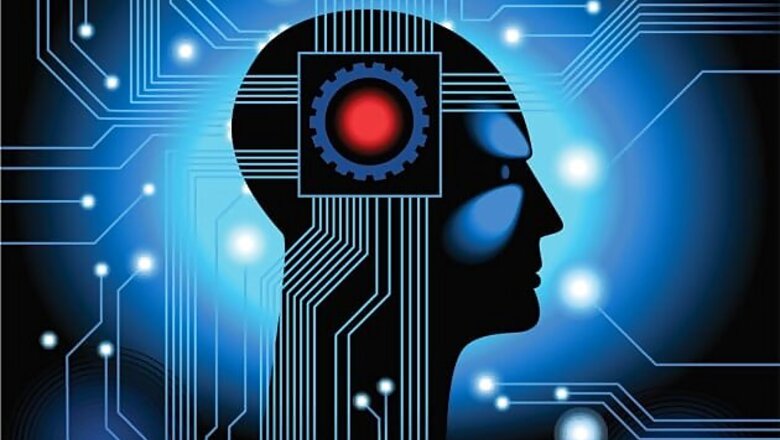
views
New York: Scientists believe that humans possess the unique ability to imagine a never-before-seen object or concept, but there is little that we know about the neurological mechanism behind it.
A new experiment proposed by Andrey Vyshedskiy from Boston University may provide new insights into this mechanism by utilising currently available methods for isolating so-called "object neurons" in the human brain.
According to Vyshedskiy, the imagination process can be called "mental synthesis" as it involves mentally combining familiar images, scenes or concepts.
The experiment he suggested involves isolating any two object neurons and monitoring their neuronal activity when these two objects are imagined together for the very first time.
If two object neurons that fire only when a particular object is imagined can be identified, then the current experiment would seek to measure the firing activity when these two objects are imagined together. For example, an apple on top of a dolphin.
According to the research idea published in the Research Idea and Outcomes Journal, the subject's brain will trigger an increased firing rate in both object neurons and, more importantly, a synchronisation of their activities would occur.
"Since researchers can often identify several object-selective neurons within a single patient, multiple novel pairings of objects can be studied," Andrey Vyshedskiy said.
"Furthermore, morphing of more than two objects into one mental frame can also be investigated," he added.
















Comments
0 comment